Even though the summer sun was sweltering, the mother grizzly kept up the search.
Eventually, she poked her nose into the ground and started digging. Within minutes, her head and shoulders had vanished underground, and before long she re-emerged with a wriggling prize in her jaws: a Columbian ground squirrel.
The buzz about bear buffets
Bears, both grizzly and black, are omnivores, meaning they’ll pork down well…pretty much anything. Ground squirrels are definitely on the menu, as are hoary marmots, carrion, insect larvae, sweetvetch roots, many kinds of berries, whitebark pine nuts, and even bumble bee larvae.
Recently, a couple of friends of mine watched a grizzly digging up bumble bee nests along the Skyline Trail. Bumble bees nest underground, often in old squirrel or marmot burrows, so checking burrows can have a dual purpose.
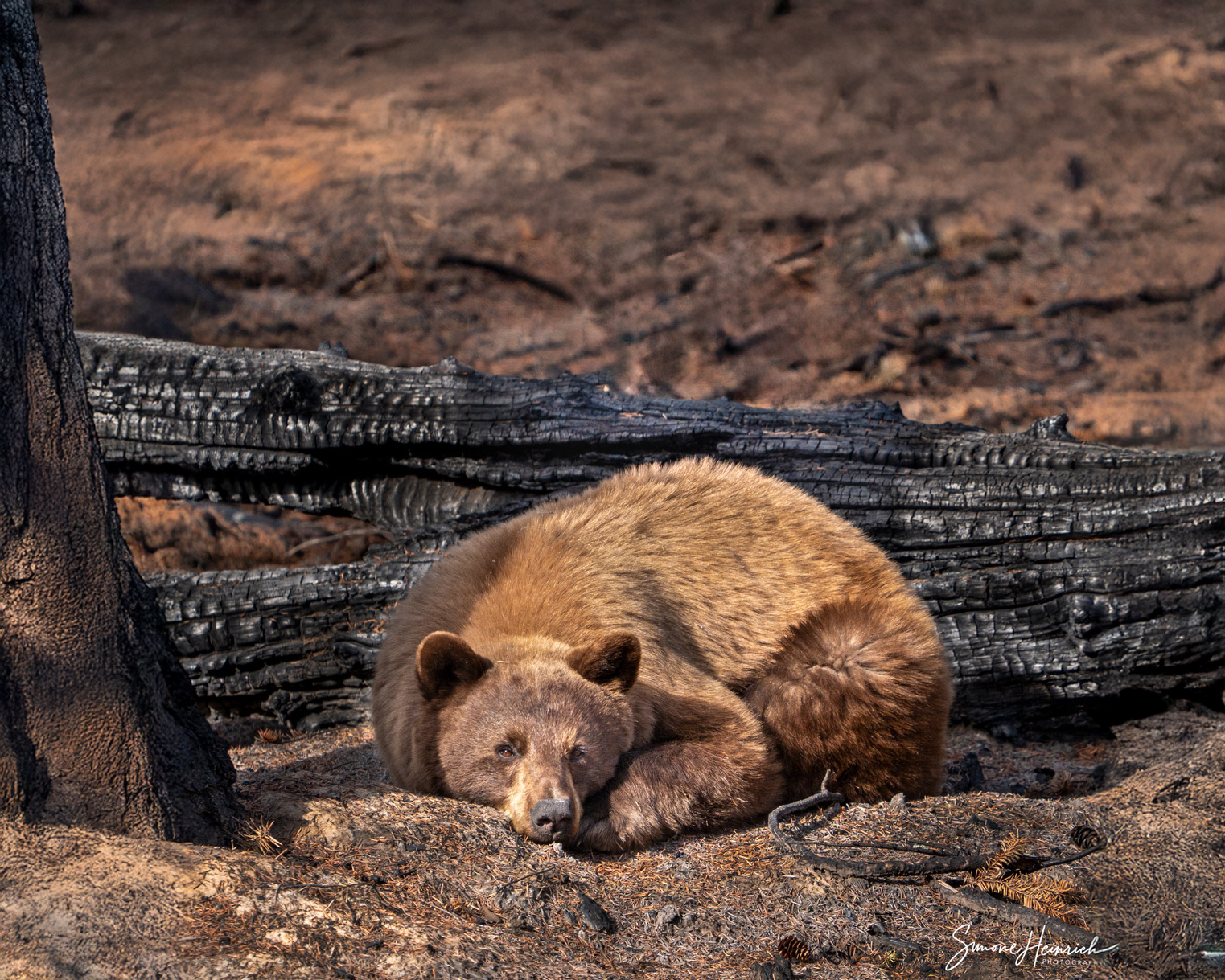
Bears are big animals, and they need a lot of calories to maintain those big bodies, feed their young, and lay down fat for winter – the search for food is a major driver of bear behaviour. For a brief spell in the spring, newly emerged vegetation, like grass, dandelions and horsetail provide a lot of those calories, and it’s this sort of nosh that will draw bears into the areas burnt by last year’s massive forest fire.
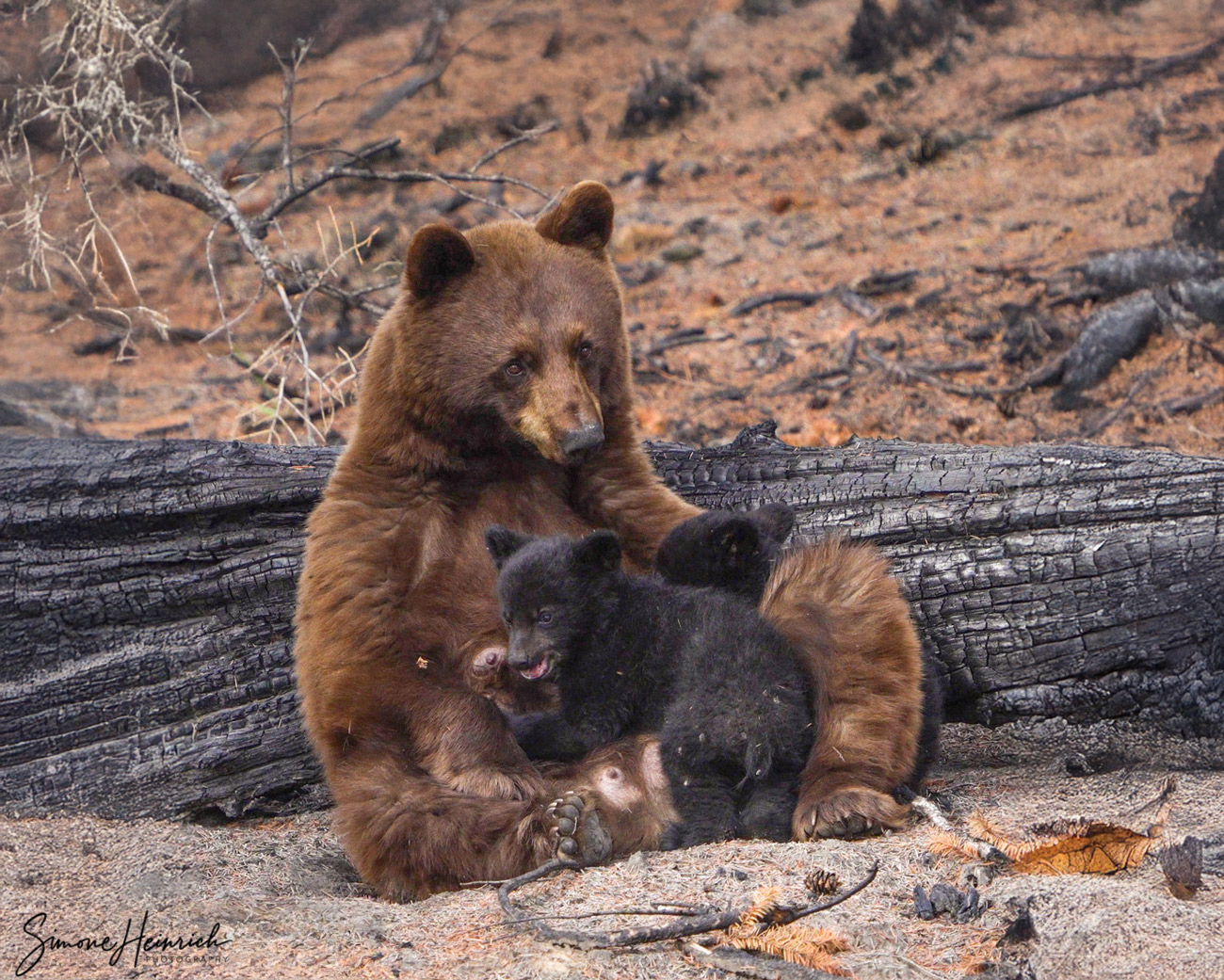
Seasonal selection
Elk and deer calves are also part of the springtime bear buffet. Jasper National Park’s human/wildlife conflict crew noted bears, both black and grizzly, in the burnt areas, and along roadsides this past spring. But all good things must come to an end: fresh greens are only nutritious for a week or so, and elk calves can outrun a bear after just a few days. At this point the bears have to move on to the next item on the menu.
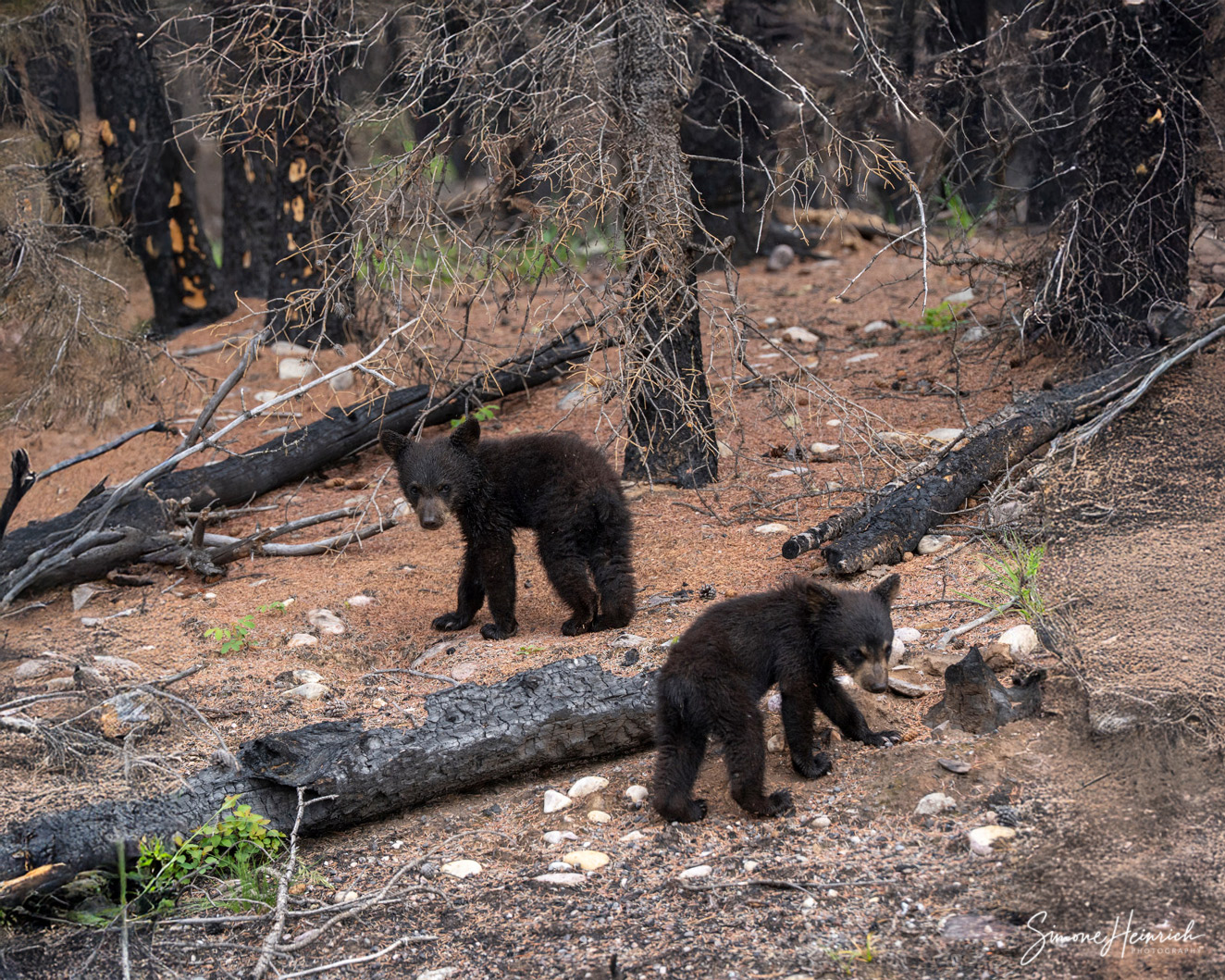
Those next items usually include ripening berries, insect larvae and those tasty rodents. Tracy McKay, wildlife biologist for Jasper National Park, tells me that a pair of GPS collared grizzly bears moved up to the alpine right after spring greenup, and have been mostly avoiding the burnt areas. As we mentioned previously, the burnt areas will be providing a lot of bear food in the years to come, but at the moment there just hasn’t been enough time for that bear food to grow. Studies elsewhere have shown, for example, that it will take about five years for burnt areas to produce enough buffalo berries to provide much in the way of calories for bears.

Sample example
Now perhaps you’re thinking: ‘Baloney! I’ve just seen a bear in one of the burnt areas.’ And I’m sure that’s true. The problem is, casual sightings are not a great basis for making conclusions about animal behaviour. You may have seen a bear in a burnt area, but did you also look in all the other possible places? Up high and down low? In thickly forested terrain and on rocky scree slopes? On river banks? In meadows? You get the idea.
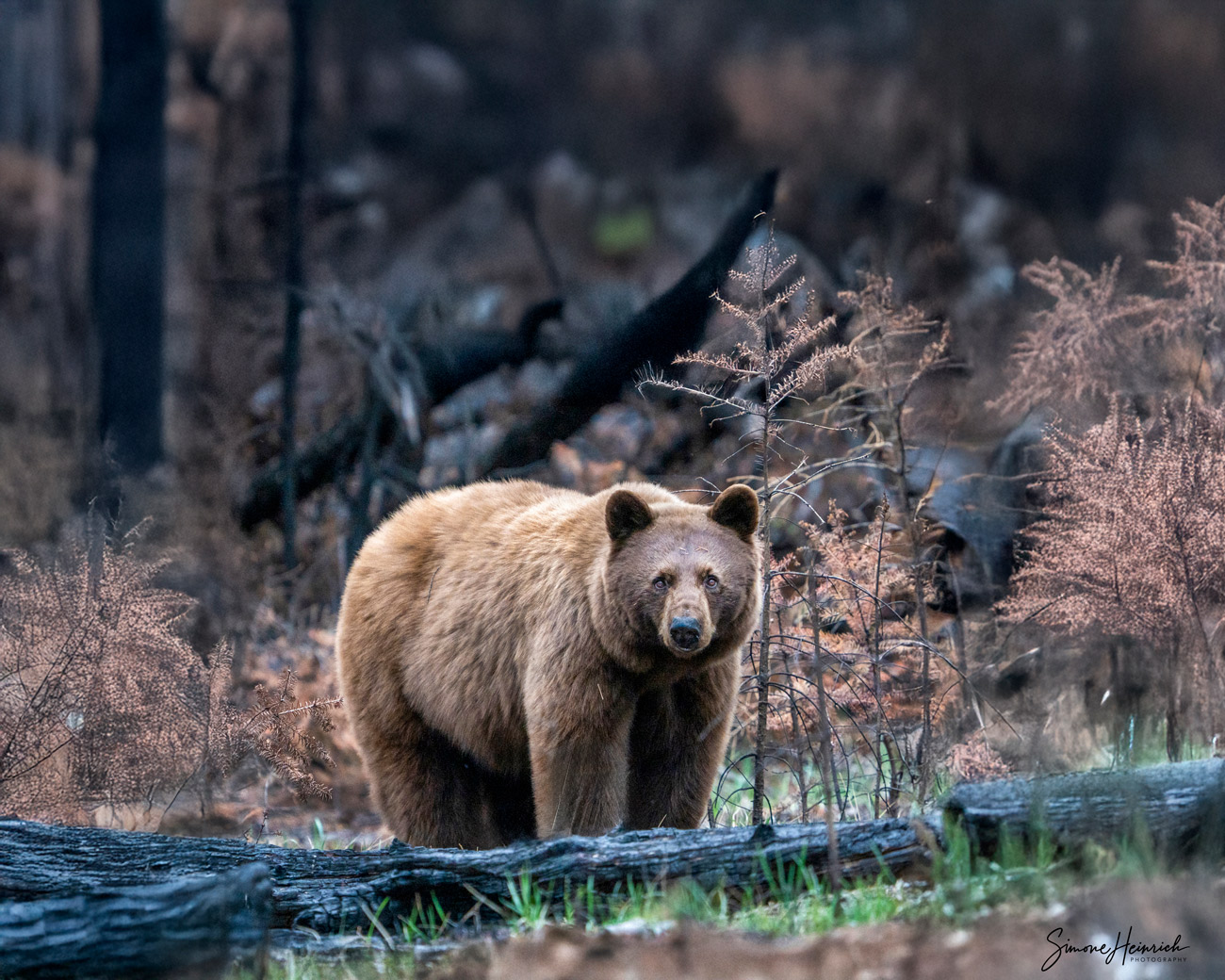
This is what scientists call biased sampling – looking for data more thoroughly in some areas compared to others. This bias can also be amplified by how burn itself presents – i.e. bears are much easier to spot when the trees and bushes have been removed.
Here is where GPS collars come to the rescue: the data from those collars is beamed up to a satellite, back to the park’s computers, to tells us exactly where the bears are at all times, and not just where you and I can see them.
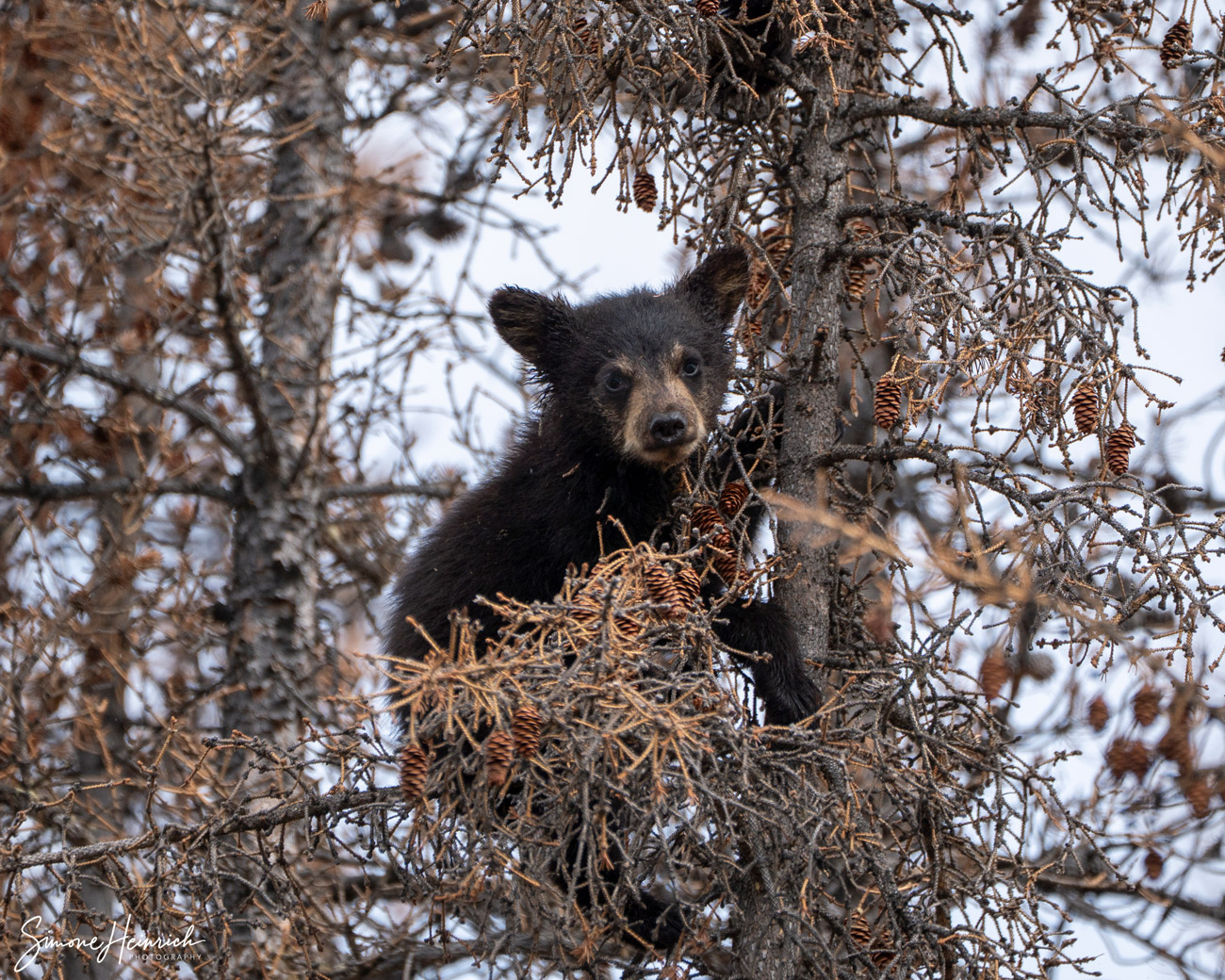
Shopping spree
In the years to come, that mama bear digging up ground squirrels will surely be getting her groceries in the burnt-over areas of Jasper National Park. For the short term, however, she’ll likely look for other areas to shop, and save her visits to the burn scar for spring, when green grass and fresh elk calves will be back in season.
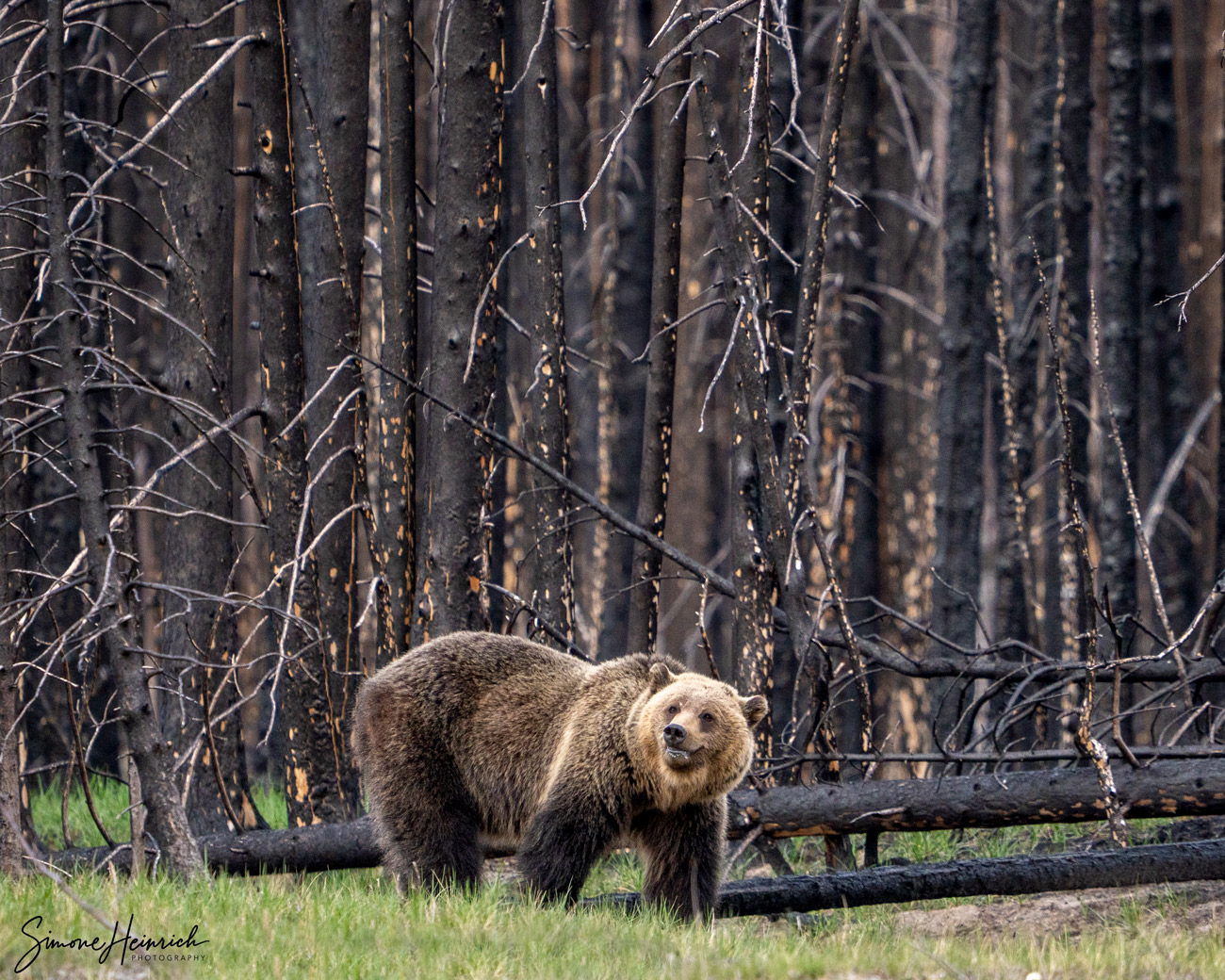
Mark Bradley // info@thejasperlocal.com


